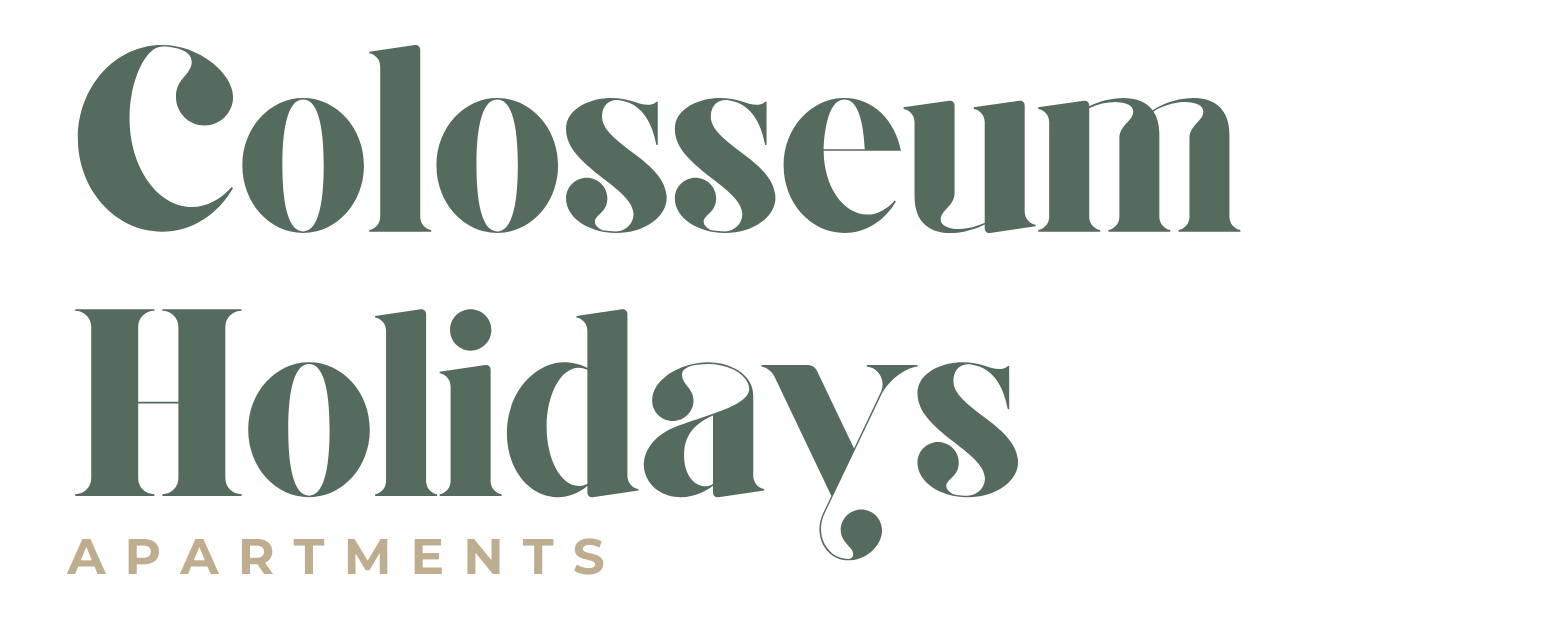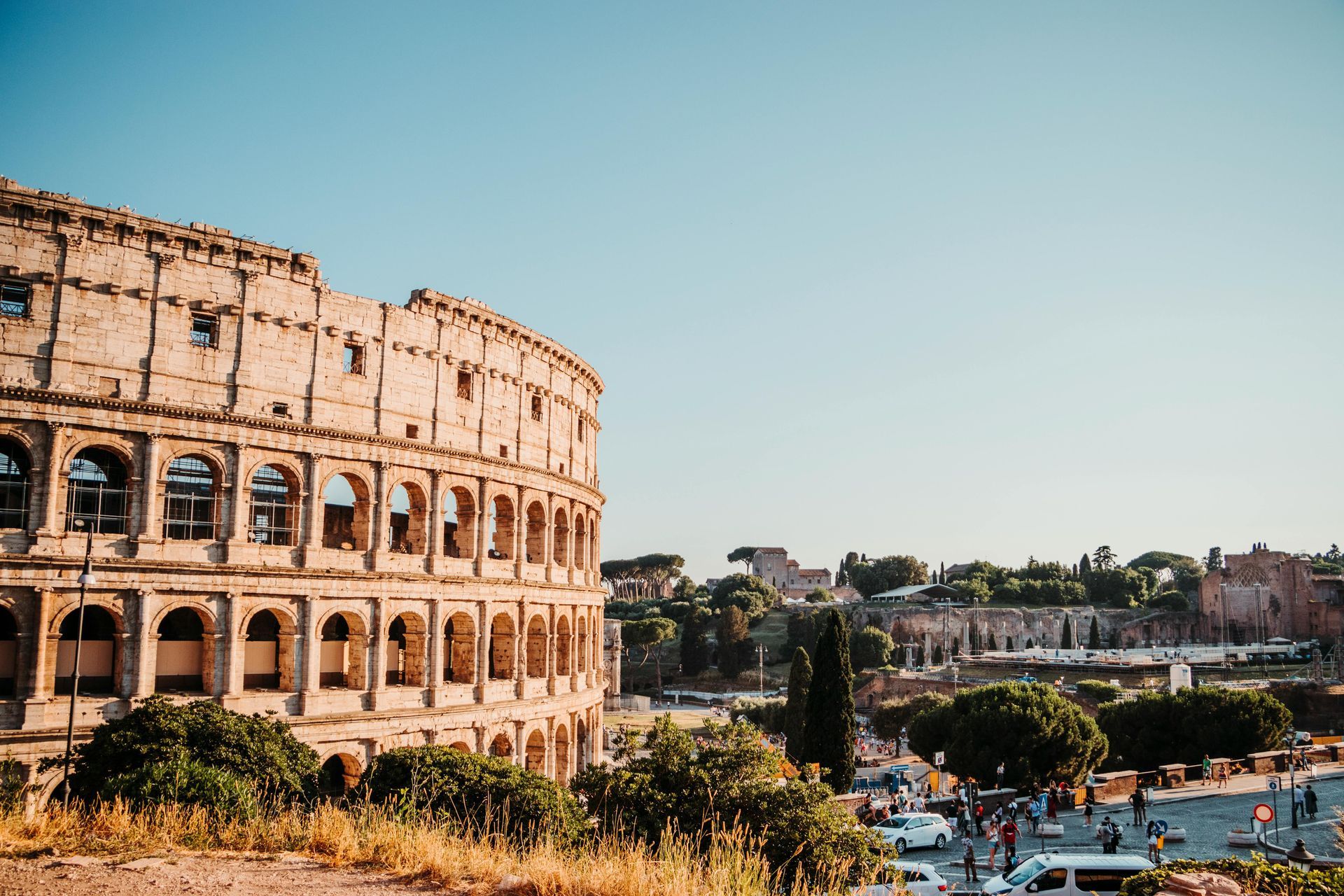The Roman Forum: Heart of the Ancient City
The Roman Forum: Heart of the Ancient City
The Roman Forum, known as the Forum Romanum in Latin, was the vibrant heart of ancient Rome. Located in the valley between the Palatine and Capitoline Hills, the Forum served as the epicenter of political, religious, commercial, and social life for over a millennium. It was here that the destiny of the Roman Empire was debated, celebrated, and often decided. Today, the ruins of the Forum stand as a testament to Rome’s grandeur and its pivotal role in shaping Western civilization.
Origins and Early Development
The area that would become the Roman Forum was originally a marshy valley, drained in the 7th century BCE by the construction of the Cloaca Maxima, one of the world’s earliest sewage systems. This transformation allowed for the creation of a communal space, which quickly evolved into the city’s principal public forum.
In its earliest days, the Forum functioned as a marketplace and a gathering place for Rome’s citizens. Over time, it grew into a complex hub, reflecting the city’s expansion and increasing political power.
Architectural Marvels of the Forum
Throughout the centuries, the Roman Forum was adorned with temples, basilicas, arches, and monuments, each reflecting the wealth and ambition of Rome’s leaders.
Temples
- Temple of Saturn (497 BCE). One of the oldest temples in the Forum, dedicated to Saturn, the god of wealth and agriculture. Its iconic standing columns remain one of the most recognizable images of the Forum.
- Temple of Vesta. This small, circular temple housed the sacred fire of Vesta, tended by the Vestal Virgins. The flame symbolized the eternal life of Rome.
- Temple of Castor and Pollux (484 BCE). Built to honor the twin gods Castor and Pollux, protectors of the Roman Republic, the temple served as a meeting place for the Senate.
Basilicas
- Basilica Aemilia. A grand public building used for business and legal proceedings, the Basilica Aemilia was renowned for its beautiful architecture and elaborate decorations.
- Basilica Julia. Commissioned by Julius Caesar, this basilica became a center for law courts and public meetings, reflecting the Forum’s role as a legal hub.
Triumphal Arches and Monuments
- Arch of Septimius Severus (203 CE). Erected to commemorate Emperor Septimius Severus’s victories in Parthia, this arch stands as a symbol of Roman military prowess.
- Rostra. A speaker’s platform adorned with ship prows (rostra), from where orators like Cicero addressed the public.
- Column of Phocas (608 CE). The last monument erected in the Forum, this column was dedicated to the Byzantine Emperor Phocas, marking the end of ancient construction in the area.
The Forum’s Role in Roman Life
The Forum was more than just a collection of grand buildings; it was the living, breathing heart of Rome. Political debates, criminal trials, public speeches, religious ceremonies, and commercial transactions all took place here.
- Political Hub: The Senate convened in the Curia Julia, decisions that shaped the empire were made, and generals celebrated their victories with triumphal processions through the Forum.
- Religious Center: Temples dedicated to the gods underscored the Forum’s spiritual significance. Major religious festivals and rituals were often conducted here.
- Commercial Activities: Stalls and shops lined the streets, and merchants from across the empire sold their goods, making the Forum a bustling market.
Decline and Rediscovery
With the fall of the Western Roman Empire in the 5th century CE, the Forum gradually fell into disrepair. Earthquakes, floods, and the repurposing of materials for new buildings contributed to its decline. By the Middle Ages, the area was known as the Campo Vaccino (Cow Field), used for grazing cattle.
Systematic excavations began in the 18th and 19th centuries, uncovering the ancient splendor buried beneath centuries of debris. Today, the Roman Forum is one of the most visited archaeological sites in the world.
Legacy of the Roman Forum
The Roman Forum stands as a powerful symbol of Rome’s enduring legacy. It represents the complexities of ancient urban life, where politics, religion, commerce, and social activities intersected. The architectural innovations and cultural traditions that flourished here influenced countless generations, shaping the very foundations of Western civilization.
Conclusion
Walking through the ruins of the Roman Forum is like stepping back in time. Each column, arch, and stone whispers stories of Rome’s grandeur and the people who walked these streets millennia ago. As the "Heart of the Ancient City," the Forum remains a timeless monument to Rome’s enduring influence on the world.

















